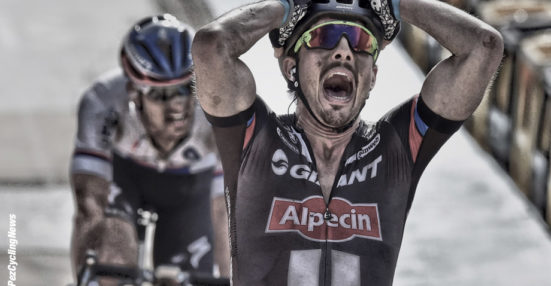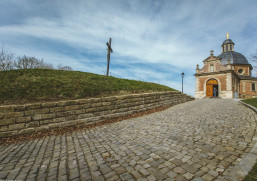Riding the Crown: The Guts and Glory of Paris-Roubaix

As German John Degenkolb crossed the finish line in the Roubaix velodrome, victorious in the 114th edition of Paris-Roubaix, his raised arms framed his dirt encrusted face surrounding blackened teeth howling from behind a glorious yell of satisfaction. After five hours and forty-nine minutes of racing, Degenkolb’s exhale was not just one of relief, but of the realization that glory had just passed beneath him as he crossed the white painted line, a symbol that will define his career, and his life, moving forward. Regardless of what he ever accomplishes afterwards, Degenkolb will from now on be known as a man who won Paris-Roubaix. And of cycling’s five monuments, it is only Paris-Roubaix that elicits such infinite and definitive rewards. Even its nickname stands alone as the singular definition of the character of the race. Milan-Sanremo ushers in spring and is known as La Primavera and La Classicissima; the Tour of Flanders is called Vlaanderen’s Mooiste, which translates to Flanders finest; Liège-Bastogne-Liège, the oldest of them all, is referred to as La Doyenne, the old lady; and the only fall classic, Il Giro di Lombardia represents the changing of the season as The Race of the Falling Leaves. Read more

